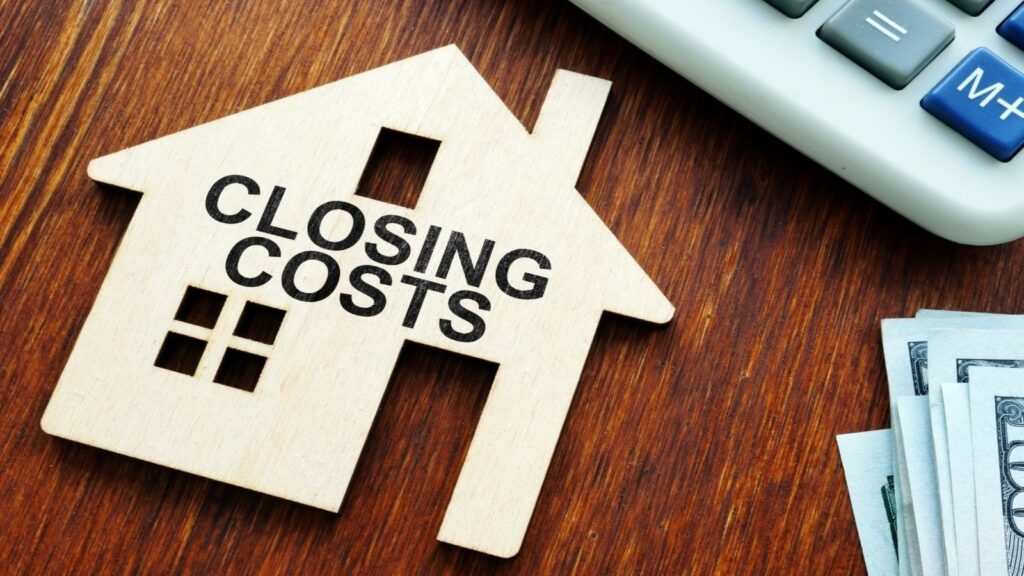Buying a home is a significant financial commitment, and while most buyers focus on saving for a down payment, there’s another major expense waiting at the finish line—closing costs. These are the fees and charges associated with finalizing a real estate transaction and can add thousands of dollars to the total price of a home. Although they often come as a surprise, closing costs are an essential part of the process and deserve just as much attention as your mortgage rate or home inspection. With proper planning, understanding, and a strategic approach, buyers can anticipate these expenses and reduce financial stress on closing day.

Understanding What Closing Costs Include
Closing costs refer to a broad set of fees that come into play when ownership of a property officially changes hands. These costs can total anywhere from 2% to 5% of the home’s purchase price and cover everything from administrative fees to taxes. A standard list of closing costs includes lender fees, title services, appraisal charges, credit report fees, escrow deposits, and legal services. While your lender or location dictates some costs, others offer room for negotiation or shopping around. The biggest portion often goes to lender-related fees, such as the loan origination fee, which compensates the lender for processing the loan. Title insurance, another sizable item, protects both the lender and the buyer from ownership disputes. Additional expenses like transfer taxes, prepaid property taxes, and homeowners’ insurance round out the total. Every cost, even if it seems minor, plays a specific role in ensuring the transaction is legally sound and financially secure. Buyers should review their Loan Estimate early in the process to understand how much they’ll owe and which services they can shop for. This document outlines estimated closing costs, providing a roadmap for financial preparation in the weeks leading up to closing.
The Role of the Lender in Final Costs
Lenders are central to the closing cost equation, and many of the fees paid at closing originate with the loan process. When you apply for a mortgage, your lender begins a detailed review of your financial profile, including credit history, income, debt load, and assets. In return for their time, documentation, and risk, lenders charge various fees, the most common being the loan origination fee. This typically amounts to about 1% of the total loan value and compensates the lender for underwriting and administrative services. Buyers will also see charges for a credit report, which allows the lender to assess risk, and a funding fee or processing fee, depending on the loan type.
Some lenders may also require a mortgage point payment at closing. Points are optional fees paid upfront to secure a lower interest rate, and one point equals 1% of the loan amount. This can be a savvy move for buyers planning to stay in their home long-term, as the lower rate can yield significant savings over time. Beyond points, lenders often require prepayment of the first month’s interest and may ask for an escrow deposit for taxes and insurance. Additionally, government-backed loans like FHA, VA, or USDA loans may have unique funding or guarantee fees included in closing. While these costs can add up, many lenders offer cost-saving strategies such as lender credits, where part of the closing costs is rolled into the loan in exchange for a slightly higher interest rate. Understanding the full breakdown of lender fees early on can help buyers compare offers and make confident choices about their financing options.
Third-Party Services and Why They Matter
of third-party professionals, each with a specific role in verifying the legality, value, and safety of the property. These services are critical to a successful closing, and they come with their own costs. One of the most important is the home appraisal, which confirms the property’s market value. Required by lenders, this protects both the buyer and lender by ensuring the home is worth the amount being borrowed. Appraisal fees typically range between $300 and $600, depending on property size and location.
Next is the home inspection, which, although not required by all lenders, is strongly recommended. A professional inspector assesses the condition of the property and identifies any potential issues, from structural concerns to outdated systems. This peace of mind generally costs between $300 and $500 and can save buyers from expensive surprises after moving in. Title-related services are another key component. A title search ensures the seller has the legal right to transfer ownership and checks for any outstanding liens or disputes. Title insurance then protects the buyer and lender from financial loss if any issues arise later. These services are often bundled and vary by provider.
Other potential third-party charges include notary services, surveyor fees, and pest inspections, all of which may be required depending on your location and lender’s policies. Since many of these services are not tied to a specific lender, buyers are often allowed to shop around for better rates. Therefore, it is essential to read the Loan Estimate closely and compare quotes before committing to a provider.
Prepaid Items and Escrow Contributions
Beyond fixed fees for services and documentation, a significant portion of closing costs involves prepaid items and escrow contributions. These aren’t administrative charges but rather advance payments for future expenses related to the home. Most lenders require that a portion of property taxes and homeowners’ insurance be paid upfront at closing. This protects the lender by ensuring that these essential payments are made, especially in the early months of homeownership. Depending on the timing of your closing and the policies in your area, this could mean paying several months’ worth of taxes and insurance in advance.
The lender often establishes escrow accounts to hold these funds and make payments on the homeowner’s behalf when they become due. Initial contributions to escrow accounts are also made at closing. These accounts are then replenished monthly through your mortgage payment, with the lender disbursing payments for taxes and insurance as needed.
Another common prepaid item is mortgage interest. Most lenders require the buyer to prepay the interest that will accrue from the closing date until the end of the month. For example, if your closing occurs on the 10th of the month, you’ll prepay 20 days of interest.
Prepaid homeowners association (HOA) dues, if the home is part of an HOA, may also be included. These costs vary depending on the community and the timing of dues collection. Though these upfront costs may feel steep, they ensure essential bills are covered, which can reduce financial pressure after moving in. Buyers should factor these into their total budget to avoid surprises at closing.
How Location Affects Closing Costs
Where you buy a home plays a significant role in determining your closing costs. Local taxes, state regulations, and customary practices vary widely across the country and even from county to county. In some regions, certain fees are typically paid by the buyer, while in others, they’re negotiated or covered by the seller. One of the biggest location-based differences is transfer taxes or stamp duties. These are taxes levied by local or state governments for transferring property ownership and can add a substantial amount to closing costs, especially in high-tax states like New York, California, or Florida.
Another location-specific factor is the requirement for legal representation. In some states, attorneys are required to oversee the closing process, adding additional legal fees. Elsewhere, title companies manage the process without the need for legal counsel. Some municipalities charge separate fees for recording the deed or mortgage, and these charges can also fluctuate based on where the property is located.
Title insurance and settlement services also differ regionally. While the service itself is consistent, local competition and regulatory standards influence pricing. Rural areas may see fewer title providers, potentially raising costs, while urban regions offer more options and pricing flexibility.
Finally, natural disaster risk in a given area can impact homeowners insurance premiums, which are often prepaid at closing. Homes in flood zones, hurricane-prone areas, or wildfire zones may require specialized policies, increasing the upfront insurance costs. Being aware of regional differences allows buyers to ask informed questions and better estimate total expenses. Consulting a local real estate expert can also help decode area-specific practices and ensure accurate budgeting.
Understanding Seller Contributions and Buyer Incentives
In certain markets, buyers have the opportunity to reduce their closing costs through seller contributions. These are funds that the seller agrees to pay toward the buyer’s closing costs, often as part of the purchase negotiation. The amount a seller can contribute depends on several factors, including the type of loan the buyer is using and the overall market conditions. For example, conventional loans typically allow sellers to contribute up to 3% of the purchase price if the buyer is making a down payment under 10% and even more with a larger down payment. FHA, VA, and USDA loans have their own limits and guidelines for seller concessions.
Sellers may offer to cover closing costs to make their homes more attractive, especially in a buyer’s market with lower competition. These contributions can cover various expenses such as lender fees, escrow costs, prepaid taxes, and insurance. However, they cannot be used to cover the buyer’s down payment. This distinction is important when determining how much cash a buyer truly needs at closing.
Additionally, buyers should explore lender incentives. Some lenders offer closing cost assistance or credits in exchange for choosing specific services or agreeing to a slightly higher interest rate. First-time buyer programs, employer-sponsored benefits, or local housing initiatives may also offer grants or discounts to reduce upfront expenses. It’s important to compare all options and consider the long-term financial impact. While seller contributions and incentives can offer immediate relief, they may influence the overall cost of the loan or home. Buyers should consult with their real estate agent and lender to craft offers that strike a balance between purchase price, concessions, and long-term affordability. Used wisely, these contributions can be a strategic tool in managing closing expenses and preserving savings.
Common Mistakes Buyers Make About Closing Costs
Many homebuyers, especially first-timers, underestimate the full scope of closing costs or misunderstand which expenses are mandatory. One of the most frequent mistakes is assuming that the down payment includes everything needed at closing. In reality, closing costs are entirely separate from the down payment and can add several thousand dollars to the total funds required. Failing to plan for these additional expenses can lead to last-minute financial stress or even derail a transaction.
Another common misstep is not reviewing the Loan Estimate carefully. This document, provided by the lender shortly after the loan application, outlines all expected fees and gives buyers a chance to identify and question anything that seems unclear or inflated. Skipping this step can lead to surprise charges on closing day. Buyers also sometimes overlook their right to shop for certain services. Title insurance, inspections, and even some lender-related fees can vary widely between providers. Accepting the first quote or recommended vendor without comparing rates can lead to unnecessary overspending.
Another risk is relying too heavily on seller contributions without a backup plan. If negotiations fail or the appraisal comes in lower than expected, sellers may be unwilling or unable to contribute, leaving the buyer to cover the full amount out of pocket. Finally, not understanding the purpose of escrow accounts or prepaid items can create confusion about why certain payments are necessary at closing.
Avoiding these mistakes starts with education and preparation. Asking questions, reviewing documents thoroughly, and working with experienced professionals can help buyers feel more confident and financially prepared. A clear understanding of closing costs and where savings are possible empowers buyers to make informed decisions throughout the transaction.
How to Plan and Save for Closing Costs
Creating a strategy to save for closing costs is just as important as budgeting for a down payment. The first step is estimating how much you’ll need. A general rule of thumb is to set aside 3% to 5% of the home’s purchase price for closing expenses. On a $300,000 home, that means preparing for an additional $9,000 to $15,000. While the actual figure may vary depending on your location and loan type, this estimate provides a helpful starting point.
Once you have a target number, start saving early. Set up a dedicated savings account to keep your closing funds separate from other finances. This not only prevents you from spending them accidentally but also makes it easier to track progress. Consider automating your savings with scheduled transfers each payday to build the fund steadily over time.
If saving a large amount feels overwhelming, look into assistance programs. Many state and local governments offer grants or low-interest loans to help with closing costs, especially for first-time buyers. Employers, credit unions, or nonprofit housing organizations may also provide financial support or homebuying incentives.
Another practical tip is to reduce other major expenses in the months before your purchase. Reducing discretionary spending or postponing large purchases can free up more cash for closing costs. At the same time, avoid taking on new debt or opening lines of credit, as these can impact your loan approval or interest rate.
Buyers who stay organized, set realistic goals, and explore all available resources will find it easier to manage closing costs without draining emergency savings. A strong savings plan not only smooths the path to homeownership but also creates a financial cushion for unexpected expenses after the move.
What Happens on Closing Day
After weeks or months of house hunting, paperwork, and financial preparation, closing day marks the final step in the home buying process. It’s the day the buyer officially takes ownership of the property, and it comes with a detailed set of procedures and final payments. Typically held at a title company, attorney’s office, or escrow agency, the closing appointment involves signing a series of legal documents and disbursing the necessary funds.
The buyer will review and sign key forms, including the Closing Disclosure, which outlines the exact costs being paid, the mortgage note that commits the buyer to loan repayment terms, and the deed of trust that secures the loan against the property. Buyers should take time to review these carefully and ask questions about any unfamiliar terms. Also required is proof of homeowner’s insurance and a valid photo ID.
At closing, the buyer usually provides the total funds due, including the down payment and closing costs, via a certified check or wire transfer. These funds are distributed to the appropriate parties, including the seller, lender, and service providers. Once everything is signed and the funds have cleared, the title is officially transferred, and the buyer receives the keys.
While the process is largely procedural, it’s also highly emotional—this is the moment ownership becomes real. It’s important for buyers to arrive prepared, calm, and with a clear understanding of what’s expected. Any last-minute surprises are best addressed ahead of time by reviewing the Closing Disclosure at least three days in advance, which gives time to identify and resolve discrepancies.
Successful closings are the result of teamwork among buyers, agents, lenders, and legal professionals. With all the details finalized, buyers can leave the closing table with confidence and the keys to a new beginning.
Taking the Next Step Toward Homeownership
Closing costs are an essential part of buying a home, and understanding them early makes the entire process more manageable. From lender fees and third-party services to prepaid expenses and regional taxes, these costs may seem complex, but they’re a normal part of transitioning from buyer to homeowner. With thoughtful preparation, careful budgeting, and strategic planning, closing day becomes a rewarding milestone rather than a stressful finish line.
When you’re ready to take the next step in buying a home, reach out for guidance and support tailored to your needs. I’m here to help you make informed decisions and move forward with confidence.


